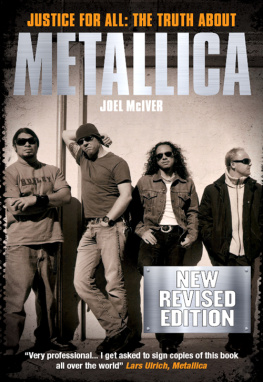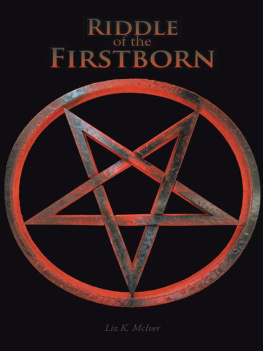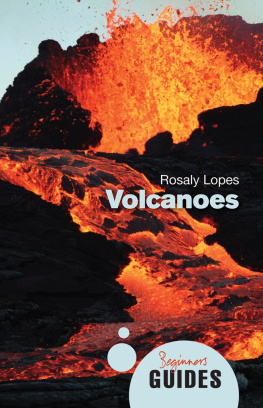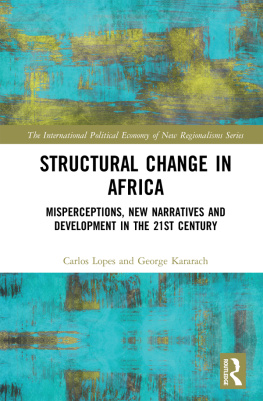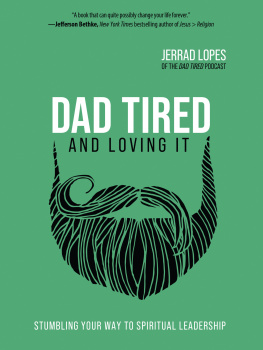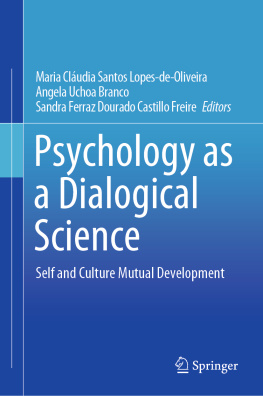Dominic McIver Lopes - Beyond Art
Here you can read online Dominic McIver Lopes - Beyond Art full text of the book (entire story) in english for free. Download pdf and epub, get meaning, cover and reviews about this ebook. year: 2014, publisher: OUP Premium, genre: Humor. Description of the work, (preface) as well as reviews are available. Best literature library LitArk.com created for fans of good reading and offers a wide selection of genres:
Romance novel
Science fiction
Adventure
Detective
Science
History
Home and family
Prose
Art
Politics
Computer
Non-fiction
Religion
Business
Children
Humor
Choose a favorite category and find really read worthwhile books. Enjoy immersion in the world of imagination, feel the emotions of the characters or learn something new for yourself, make an fascinating discovery.

- Book:Beyond Art
- Author:
- Publisher:OUP Premium
- Genre:
- Year:2014
- Rating:4 / 5
- Favourites:Add to favourites
- Your mark:
- 80
- 1
- 2
- 3
- 4
- 5
Beyond Art: summary, description and annotation
We offer to read an annotation, description, summary or preface (depends on what the author of the book "Beyond Art" wrote himself). If you haven't found the necessary information about the book — write in the comments, we will try to find it.
Beyond Art — read online for free the complete book (whole text) full work
Below is the text of the book, divided by pages. System saving the place of the last page read, allows you to conveniently read the book "Beyond Art" online for free, without having to search again every time where you left off. Put a bookmark, and you can go to the page where you finished reading at any time.
Font size:
Interval:
Bookmark:
Beyond Art
Dominic McIver Lopes


Great Clarendon Street, Oxford, ox2 6DP,
United Kingdom
Oxford University Press is a department of the University of Oxford.
It furthers the Universitys objective of excellence in research, scholarship, and education by publishing worldwide. Oxford is a registered trade mark of Oxford University Press in the UK and in certain other countries
Dominic McIver Lopes 2014
The moral rights of the author have been asserted
First Edition published in 2014
Impression: 1
All rights reserved. No part of this publication may be reproduced, stored in a retrieval system, or transmitted, in any form or by any means, without the prior permission in writing of Oxford University Press, or as expressly permitted by law, by licence or under terms agreed with the appropriate reprographics rights organization. Enquiries concerning reproduction outside the scope of the above should be sent to the Rights Department, Oxford University Press, at the address above
You must not circulate this work in any other form and you must impose this same condition on any acquirer
Published in the United States of America by Oxford University Press
198 Madison Avenue, New York, NY 10016, United States of America
British Library Cataloguing in Publication Data
Data available
Library of Congress Control Number: 2013943252
ISBN 9780199591558
Printed and bound in Great Britain by
CPI Group (UK) Ltd, Croydon, CRO 4YY
Links to third party websites are provided by Oxford in good faith and for information only. Oxford disclaims any responsibility for the materials contained in any third party website referenced in this work.
To Peter Kivy
This book confronts some classic texts in the philosophy of art, and I owe a considerable debt to their authors. This is not to say that they are likely to agree with much that I have to say. Philosophers being the individualists that they are, they probably will not. (Also, some of them have told me as much.) Nevertheless, the ingenuity, erudition, and integrity of their work has inspired me.
Equally great is my debt to those friends and colleagues who commented on the work in progress. Some reacted to the manuscript in whole or in part, while some indulged me in conversation about its contents. I thank Fabian Dorsch, Emma Esmaili, Berys Gaut, Jillian Isenberg, Joshua Johnston, Madeleine Ransom, Jean-Marie Schaeffer, Elisabeth Schellekens, James Shelley, Karen Simecek, Nick Stang, Kendall Walton, and Nick Zangwill. Special thanks go to those who penned extended comments for presentation in seminars and workshops: Mara Jos Alcaraz Len, Paloma Atencia Linares, Diarmuid Costello, Stacie Friend, Eileen John, and Derek Matravers. Robert Stecker and a second referee, who remains anonymous, get the credit for what I hope is an improved final draftand I am particularly grateful to Bob for his generosity as a critic. Audiences at Aarhus University, the University of Miami, the University of Murcia, and the University of Southampton proved receptive yet constructively critical. A first draft of the entire manuscript was examined in seminars at the EHESS, the University of Durham, the University of Kent, and the University of Warwick.
The three seminars in England were funded by a Leverhulme Visiting Professorship, which also gave me time to write the final chapter. I am deeply grateful to the Leverhulme Trust for its support and to Diarmuid Costello and Eileen John for sponsoring the visit. A grant from the Social Sciences and Humanities Research Council of Canada supported the writing of the book, as did a University of British Columbia study leave during which I drafted the first nine chapters. Finally, mille grazie and merci beaucoup to the citizens of Cetona, Cotignac, and the Faubourg Saint-Antoine, who kept me well victualled and entertained during this period of intensive writing, and to Susan Herrington, for lighting up the off hours.
The buck passing theory of art was released as a trial balloon in the Journal of Philosophy (Lopes 2008a), an ancestor of were first worked out, in an even less satisfactory way, for a special issue of The Modern Schoolman on Varieties of Perception (Lopes 2009a).
Vancouver, April 2013
Whatever I think about I at the same time learn
something about it and about thought, so that the
structures of its objects as revealed by thought are
revelations about the structure of thought itself.
Arthur Danto, Transfiguration of the Commonplace
It is far easier to throw out the baby with the
bathwater than to perceive that you were mistaken
about which was which.
Peter Kivy, Philosophies of Arts
What is art? This is one of the great, sticky questions of the past hundred years. It has inspired heaps of books, some of which focus upon it so fiercely that they take it for their titles, either straight up or in some playful variation. Tolstoys 1897 What Is Art? begat Clive Bells more emphatically named Art of 1914, and some recent aesthetics best sellers are Matthew Kierans Revealing Art (2005) and Cynthia Freelands But Is It Art? (2001). (Then, just as this book was ready to go to press, there appeared Arthur Dantos What Art Is.) The pattern seems to be to put the question, give an answer, reject the answer, put the question again The ambition of this book is to show that it is not mandatory to centre the philosophical study of art on the question what is art? Put bluntly, this is the wrong question for philosophy.
This does not mean the question should be retired from all discussion; it still has a place as a tool of art appreciation. Tucked away in a corner of the Louvre, remote from the throngs there to visit the Mona Lisa, are some still lifes by Chardin, and these small paintings of kitchen utensils and bowls of fruit have dedicated admirers. From the alien perspective of someone totally unfamiliar with what happens in galleries like the Louvre, this is extremely puzzling. The Chardins carry no interesting messages or strong charges of emotiontheir subject matter is simply prosaic. To say they afford pleasure makes a mockery of the dedication they inspire, if the pleasure is like that of consuming the fruit and water they depict. If the pleasure is some je ne sais quoi, then the puzzle repeats itself. The point is not that the puzzle is impossible to solve. On the contrary, there is a great deal to think about before we reach that pessimistic conclusion, and this thinking may shed light on what is so compelling in the Chardins. Rather, the point is that the stance the puzzle asks us to take, in company with Tolstoy, Bell, Kieran, and Freeland, is one from which we might profitably come to appreciate the Chardins. Some traditional art works freshen up when we step far enough back from our assumptions that we begin to wonder what art is.
So, asking what is art? is a stratagem of art criticism that sometimes pays off in leading us towards a better appreciation of some art works. However, the appreciation that we might achieve by posing the art question does not usually depend either upon our having or our trying to supply a fully general, philosophical answer to that question. The question may help us to appreciate some works of art by prompting thoughts that are suited to the task at handnamely, appreciation of the work before usbut not to the task of theorizing. In other words, nothing in this book should put us beyond asking what is art? in an art-critical, rather than ardently theoretical, spirit.
Next pageFont size:
Interval:
Bookmark:
Similar books «Beyond Art»
Look at similar books to Beyond Art. We have selected literature similar in name and meaning in the hope of providing readers with more options to find new, interesting, not yet read works.
Discussion, reviews of the book Beyond Art and just readers' own opinions. Leave your comments, write what you think about the work, its meaning or the main characters. Specify what exactly you liked and what you didn't like, and why you think so.

